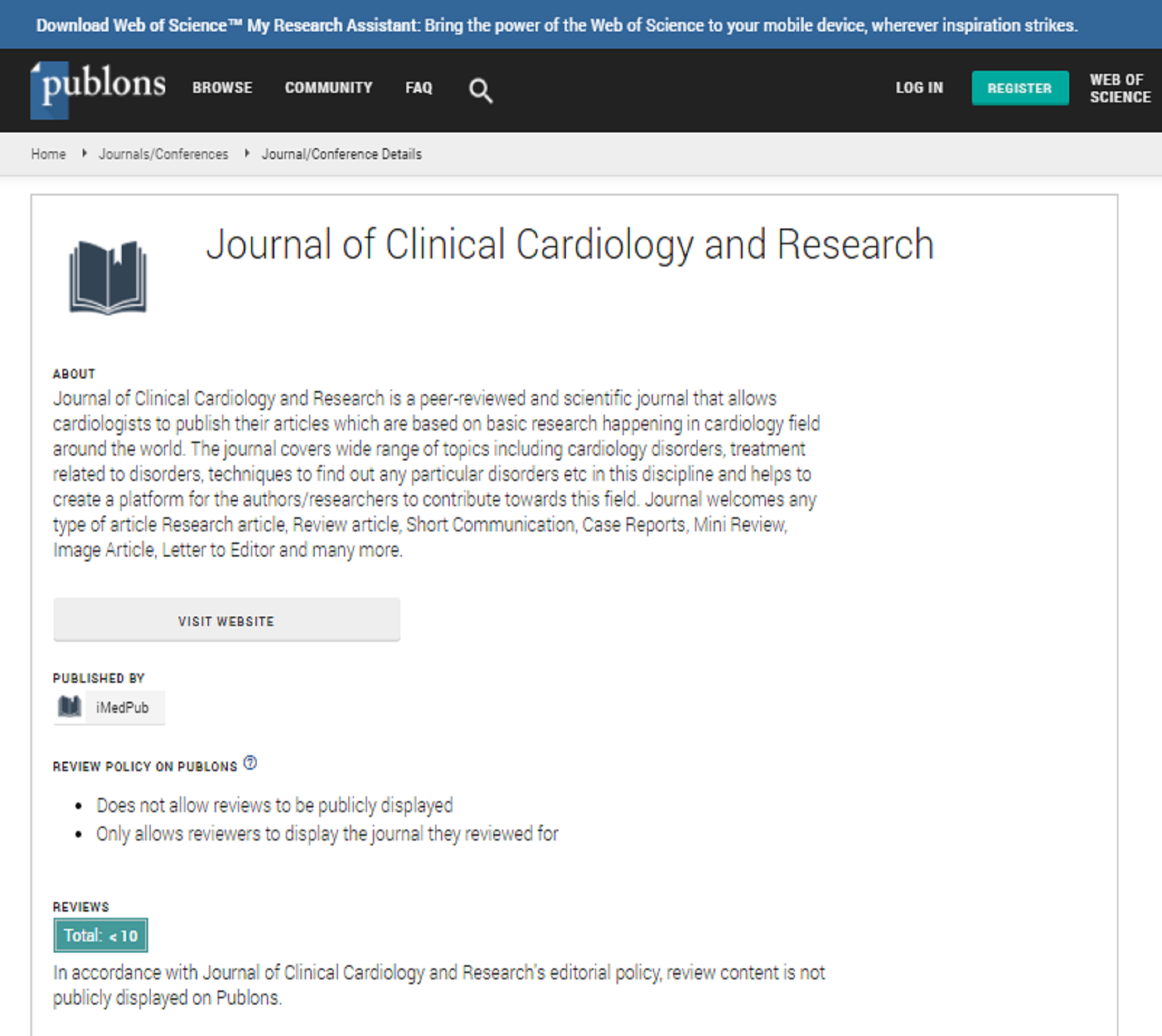Abstract
The valley of deathâ? â?? Anomalous LMCA in an inter-arterial route
59-year-old gentleman with exertional dyspnoea over last four months and positive stress test was admitted for a coronary angiogram. 2D echo revealed the origins of both coronary arteries at right coronary cusp. Coronary angiogram showed no coronaries at left cusp while both coronary arteries originated at anterior right sinus of Valsalva close to each other. RCA was dominant and had a mid-vessel tight lesion. In view of finding out the exact path of the anomalous LMCA we placed diagnostic catheters in both main pulmonary artery and aortic root and took a cine-angiogram simultaneously in RAO, LAO views. It was clear that the LMCA was traversing in an inter-arterial path with absence of “eye”, no septal branches from LMCA with normal length and a positive anterior dot sign. Anomalous LMCA originating in a right cusp could be Septal, Anterior, Retro-aortic and Inter-arterial, the last being the only malignant path. Detailed echo would help to locate the origin of coronary arteries while additional angiographic views are helpful to identify the true course of an aberrantly originated LMCA. Corrective surgery is depending on the type of anomaly, age and symptoms. Additional imaging modalities and Multidisciplinary approach are essential in further management The aim of this review is to give a comprehensive and concise overview of coronary embryology and normal coronary anatomy, describe common variants of normal and summarize typical patterns of anomalous coronary artery anatomy. Extensive iconography supports the text, with particular attention to images obtained in vivo using non-invasive imaging. We have divided this article into three groups, according to their frequency in the general population: Normal, normal variant and anomaly. Although congenital coronary artery anomalies are relatively uncommon, they are the second most common cause of sudden cardiac death among young athletes and therefore warrant detailed review. Based on the functional relevance of each abnormality, coronary artery anomalies can be classified as anomalies with obligatory ischemia, without ischemia or with exceptional ischemia. The clinical symptoms may include chest pain, dyspnea, palpitations, syncope, cardiomyopathy, arrhythmia, myocardial infarction and sudden cardiac death. Moreover, it is important to also identify variants and anomalies without clinical relevance in their own right as complications during surgery or angioplasty can occur. The sinusoids are an extension of the trabeculae of the spongiosa into the developing myocardium, formed in the subepicardial space in the first weeks of fetal development. They are the primitive sites of metabolic exchange between the blood in the cardiac cavities and the cardiac mesenchyma. At this stage, the bulbus cordis has yet to separate into the aorta and the pulmonary artery (PA) and the two coronary arteries arise from this undivided proximal part: The points of origin of the coronary buds are located so that, with the subsequent division of this portion, they will be situated on the right and left sinuses of Valsalva (RSV and LSV). After the completion of aortopulmonary disjunction, the coronary buds and the in situ vascular networks fuse and the coronary circulation will begin to provide blood supply to the myocardium.
Author(s): De Si l va GID
Abstract | PDF
Share This Article
Google Scholar citation report
Journal of Clinical Cardiology and Research peer review process verified at publons
Abstracted/Indexed in
- Google Scholar
- Publons
Open Access Journals
- Aquaculture & Veterinary Science
- Chemistry & Chemical Sciences
- Clinical Sciences
- Engineering
- General Science
- Genetics & Molecular Biology
- Health Care & Nursing
- Immunology & Microbiology
- Materials Science
- Mathematics & Physics
- Medical Sciences
- Neurology & Psychiatry
- Oncology & Cancer Science
- Pharmaceutical Sciences

